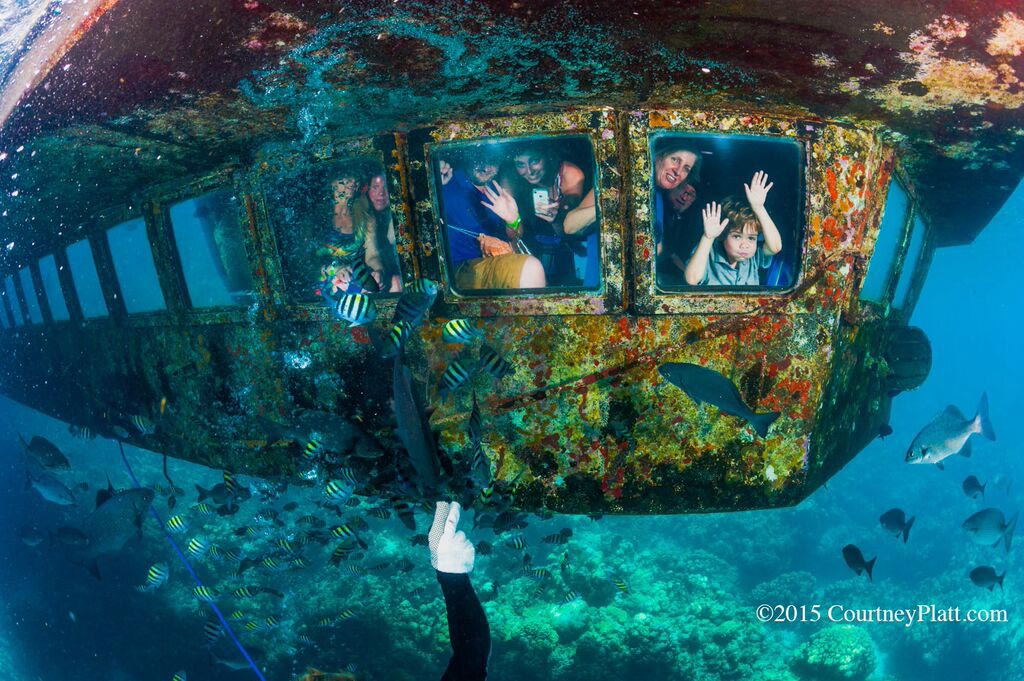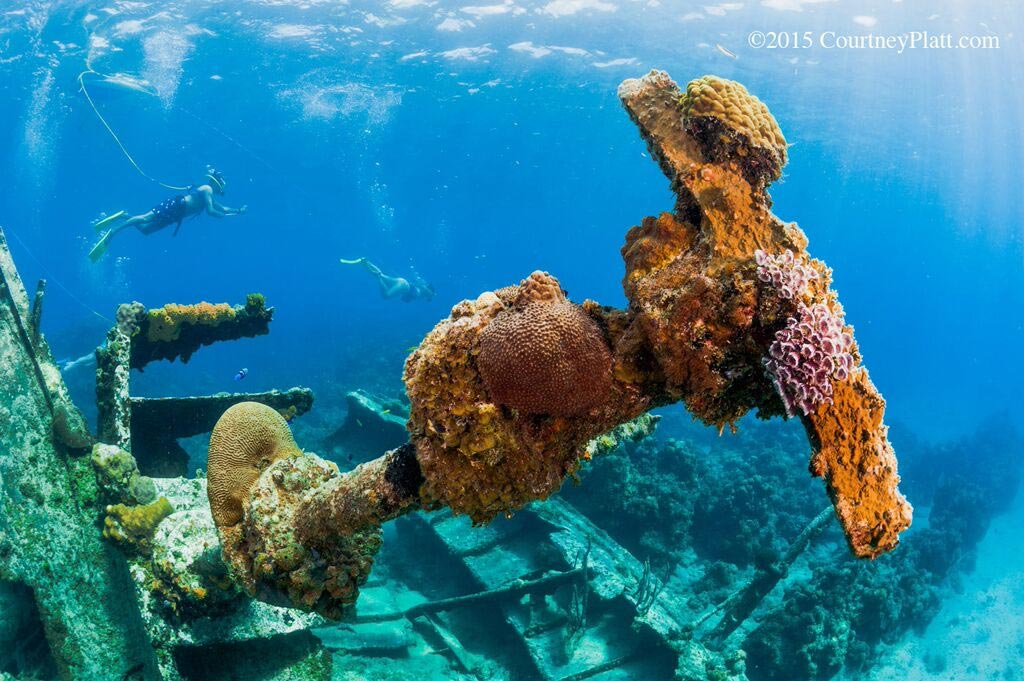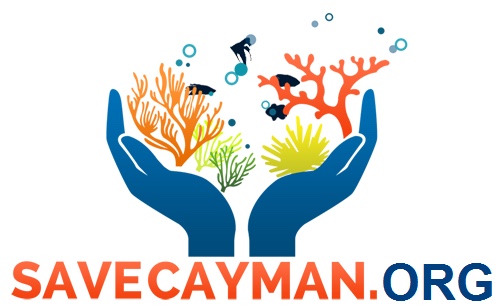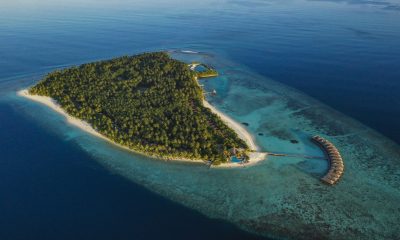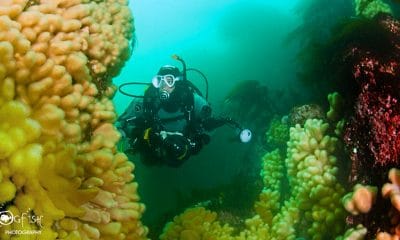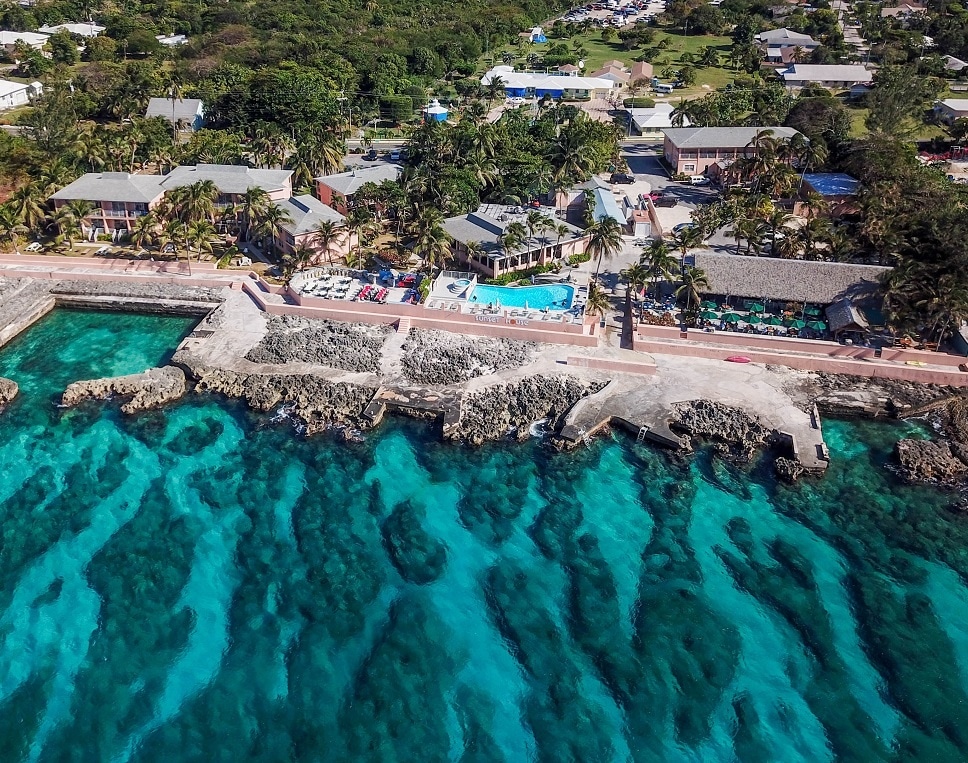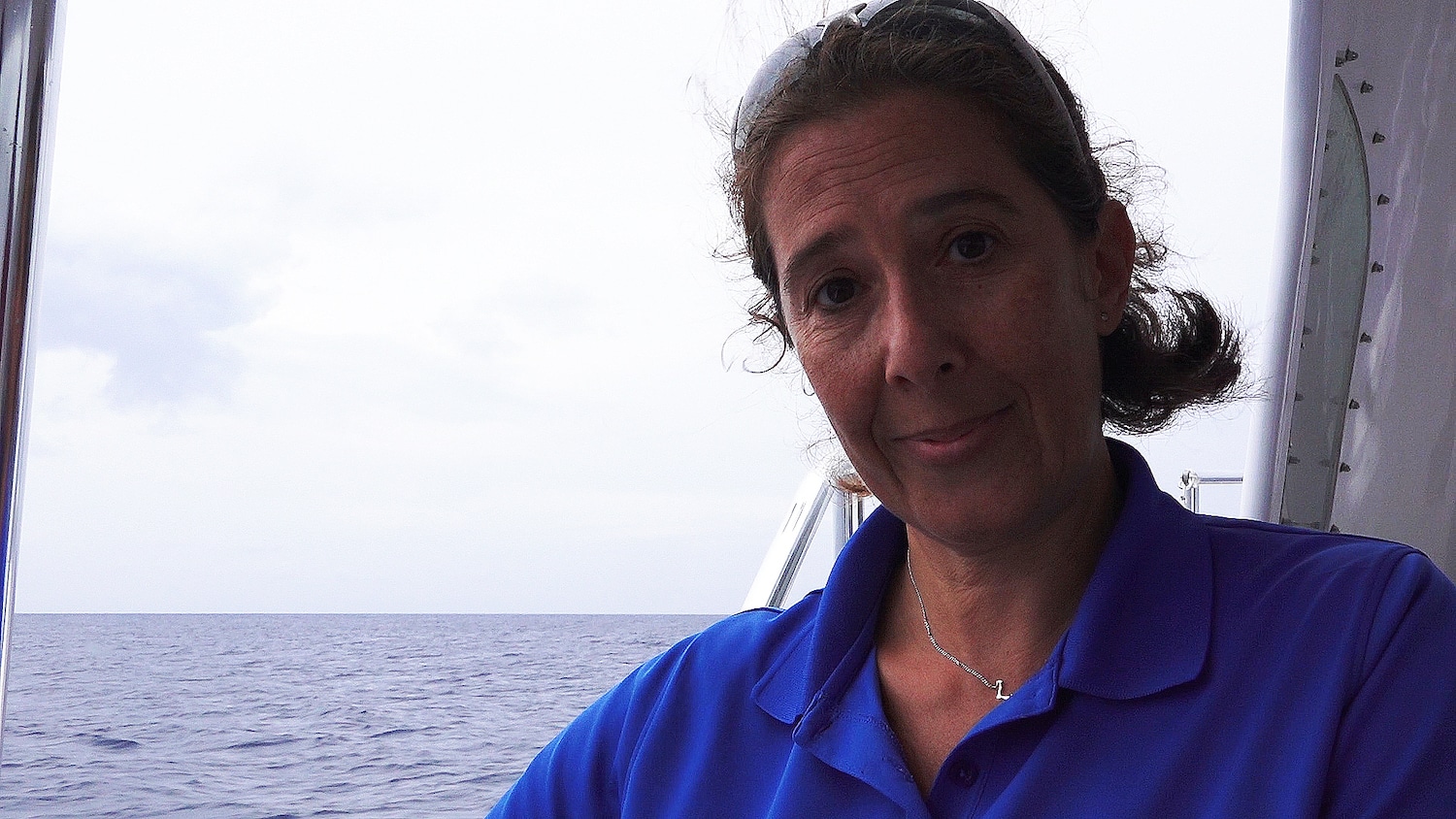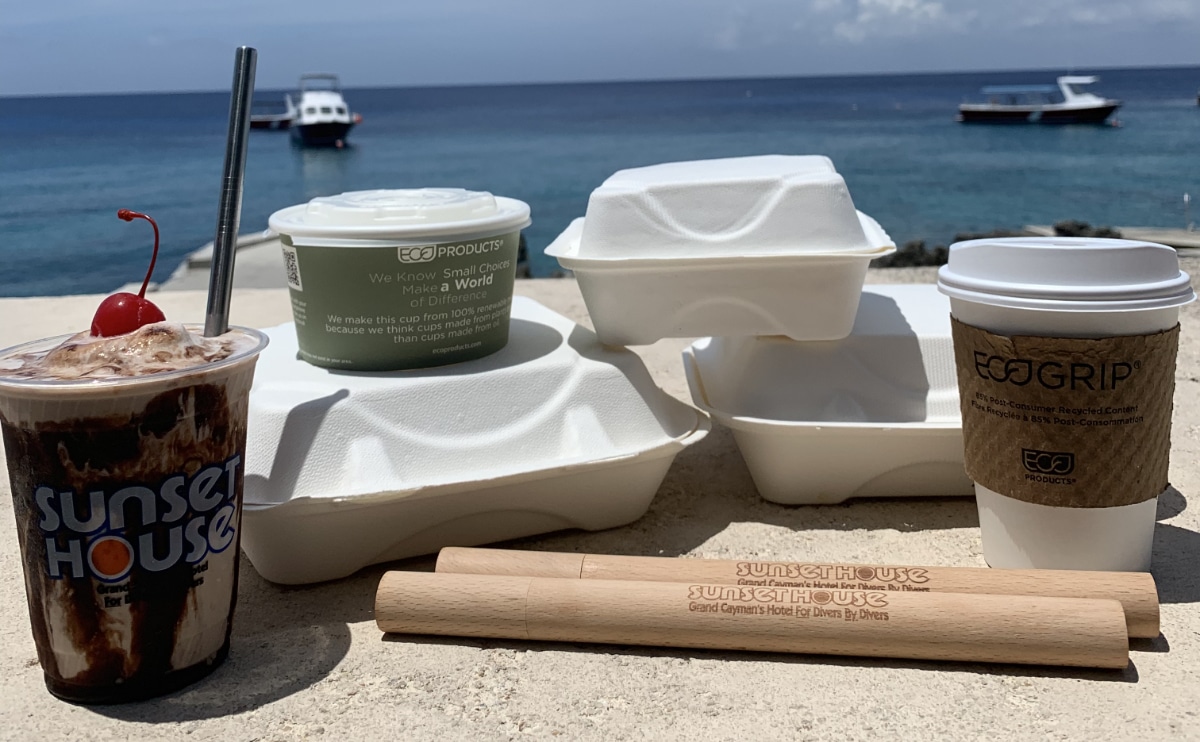News
Head of Cayman Islands Department of Environment Urges Extreme Caution before Moving Forward with Controversial Cruise Berthing Plan
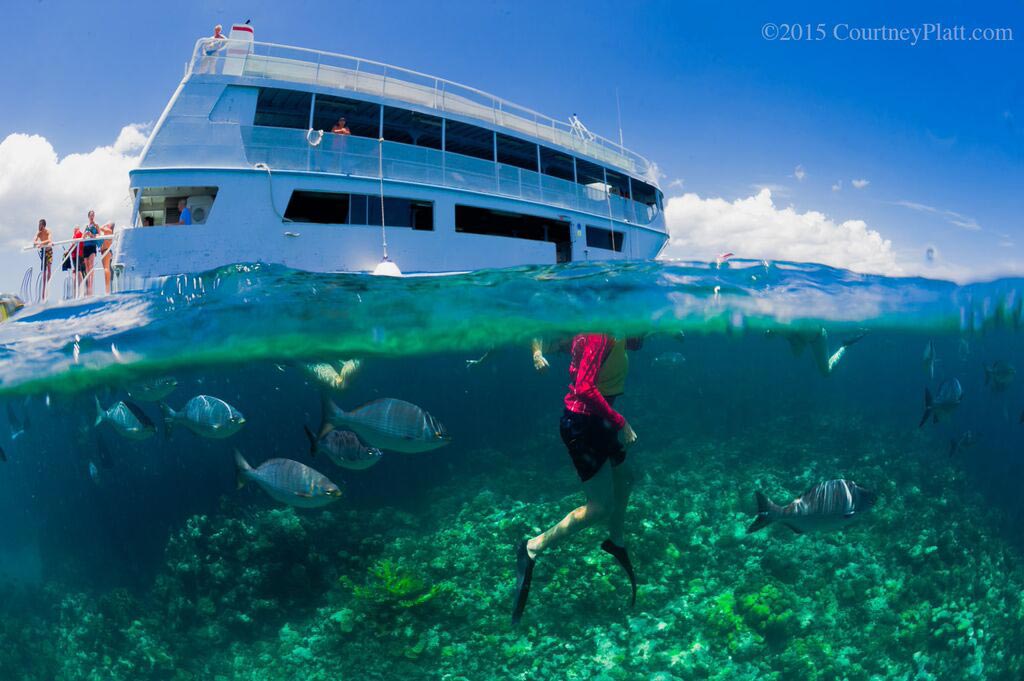
Since its release in early June, an Environmental Impact Statement (EIS) has been at the centre of the heated debate over economic and environmental costs associated with the proposed port in George Town Harbor. Director of the Cayman Islands Department of the Environment Gina Ebanks-Petrie, who also headed the Environmental Assessment Board (EAB) that coordinated the impact study, is urging extreme caution before moving ahead with the project and pleading with decision makers and the public to take a closer look at what’s at stake.
The EIS projects that 15 acres of protected coral reefs will be destroyed by construction and dredging, and another 15 acres are at risk. Lost will be the exceptional underwater visibility that Cayman is world-renowned for. George Town Harbour is one of the few working ports in the Caribbean, if not the only one, with crystal clear water and vibrant coral reefs within easy access of the cruise ships’ anchorage.
The reefs, which include Soto’s Reef, Eden Rock and the Wreck of the Balboa, are so unique because it is rare to find such well developed, high relief reefs so close to, and easily accessible from shore. These reefs have also been protected under the Marine Parks system for over 25 years so fish life is abundant and diverse. These are two of the main factors which contribute to a bustling watersports scene in the harbor. Scuba diving, snorkeling, submarine trips, glass bottom boat excursions are offered primarily for cruise ship passengers.
“If the additional 15 acres of reefs disappear, or are no longer useable because they are dead or water clarity is so poor, it will be extremely difficult to find other similar sites which could easily absorb the displaced businesses and visitors, particularly given the cruise ships’ limited time in port,” says Ebanks-Petrie. “Possible alternative options for snorkeling, like Stingray City, are already over-subscribed and under tremendous stress as a result.”
The loss of these reefs has huge implications for the Cayman Islands on an international level. The Department of Environment has heard from international agencies and individuals during the public consultation process, and Gina Ebanks-Petrie says the vast majority urged the country not to proceed with the project because of the permanent and irreversible damage. For example, the President and CEO of PADI Worldwide “implores the Cayman Islands Government to cease plans to initiate this project and seek alternative solutions to mitigate the situation and not destroy the priceless natural underwater assets belonging to Grand Cayman Island”.
“In addition to the obvious impact of the loss of these world-famous dive sites on our dive tourism product, the biggest impact will likely be on our reputation as a jurisdiction with a long history of valuing and prioritizing the protection of its marine environment,” she said.
“Coral reefs all over the world are under serious threat on various fronts: coastal development, over-fishing, sedimentation, climate change, etc. Marine scientists are agreed that we need to take all possible steps to protect remaining reefs at the same time as taking corrective action to address the threats, both locally and globally,” added the DOE director.
Cayman’s watersports operators and local environmentalists, alarmed by the projected damage to the reefs and dive sites have organized under the banner of SaveCayman.org to fight the project and raise awareness in the community. Dock supporters point to mitigation options outlined in the EIS report, but Ebanks-Petrie cautions against misinterpreting the report.
“The pro-port side seems to take comfort from these mitigation options, but what is being missed, or glossed over, is that the environmental study also assesses the effect of those measures, and the consultants judge that they will have little or no effect on reducing the severity of the impacts,” she said. “The public and decision makers need to remember that “mitigation” of an impact does not equal complete removal of the impact, and they should focus on the severity of the predicted residual impact i.e. those impacts which remain even after the use of mitigation measures.”
“For example, the consultants score the impact of dredging on water quality in George Town Harbour (GTH) as a Significant negative impact (-D) and this remains a Significant Negative impact (-D) after the application of the recommended mitigation measure – the installation of silt curtains,” she explains. The same applies to the possible relocation of the historic Wreck of the Balboa.
Consultants classify the destruction of coral reef during dredging in the highest tier of negative impacts – a Major negative impact (-E). Following implementation of the recommended mitigation measure – the coral relocation programme – it is still classified as a Significant Negative Impact (-D).
“Even with these proposed mitigation measures, that come with a significant price tag, the resulting situation is still extremely dire, and this seems to be lost in the sound bites being heard in the news,” said Ebanks-Petrie.
Cayman already has a competitive cruise tourism product as illustrated by the industry’s own report (BREA 2012) which indicates that 90% of cruise visitors to Grand Cayman disembark while in port, and the Department of Tourism’s statistics on cruise arrivals indicate that at the end of 2015 numbers of cruise visitors will reach 1.7 million. Beyond this, numbers are set to increase, all without the construction of berthing facilities.
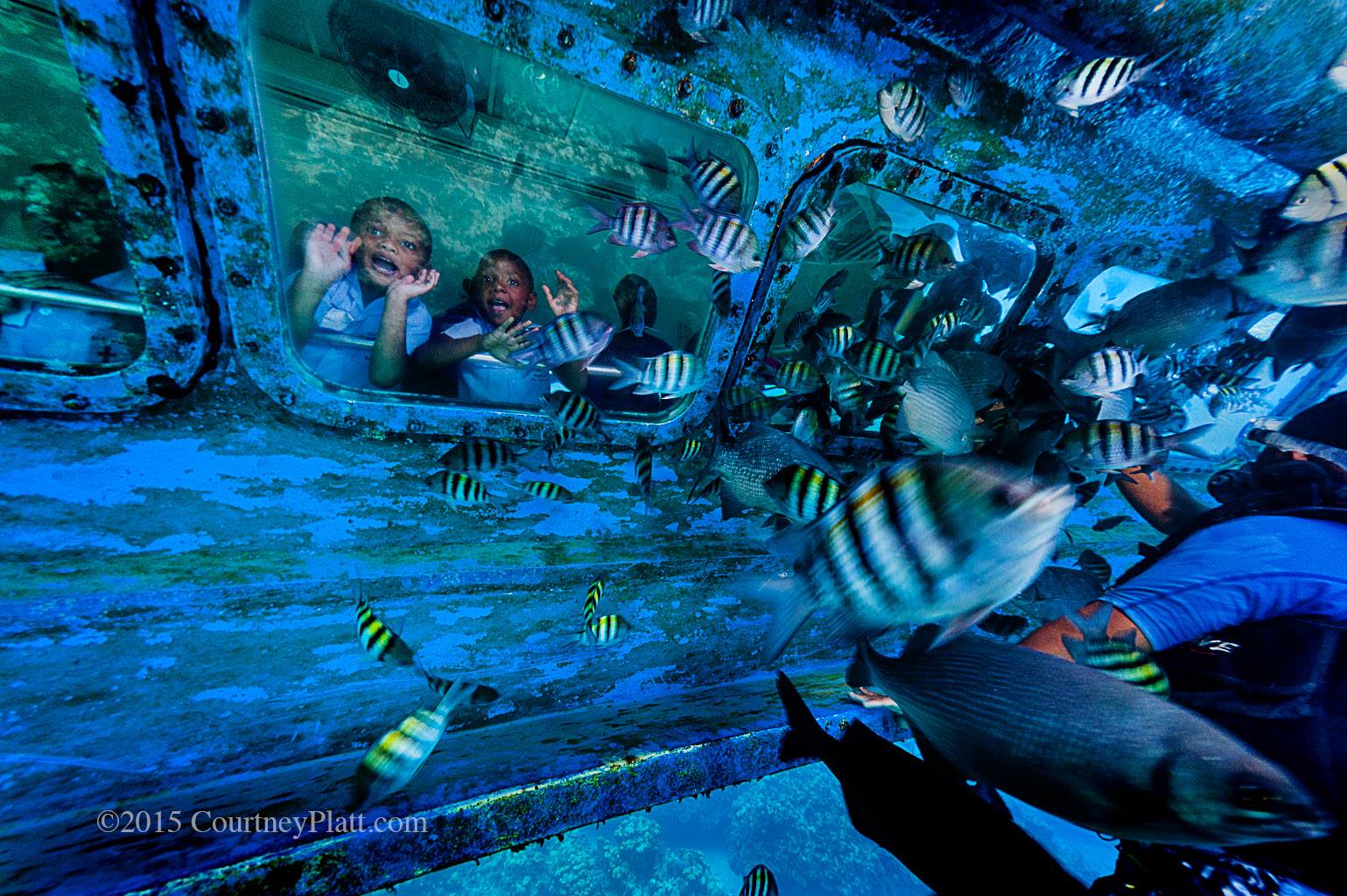
George Town Harbour is a favorite site for many watersports operators who offer excursions for cruise ship passengers.
“The Department of Environment fully acknowledges the contribution that cruise tourism makes to the economy, and the need to upgrade and improve the arrival and departure experience of cruise visitors. However, after careful consideration of the environmental losses and the risk to the overall tourism product associated with berthing facilities, our view is that a scheme of appropriate landside enhancements would offer the best solution.”
Ebanks-Petrie says the Environmental Statement has attempted to place a dollar value on the economic losses associated with the destruction of the George Town Harbour reefs and the Statement recommends that these preliminary estimates are appropriately incorporated into the updated Business Case.
“The Environmental Impact Assessment and Environmental Assessment Board’s review of it are stunningly clear and shows that the government should not approve the plan as described,” says Dr. Ellen Prager, marine scientist and author who has been outspoken against the project. “The reefs and the wreck lost to dredging and sedimentation associated with dredging cannot be relocated or transplanted, and it is unclear what other unintended consequences to other nearshore habitats and environments will occur.”
Ebanks-Petrie says moving forward, given the projected cost of the project, it is critical that the predicted economic benefits of the berthing facility are based on real data and factual information and that the economic business case does not rely solely on assumptions, speculation and the opinions of those persons directly involved in the cruise tourism industry.
“From where I sit, the economic business case does not appear to have been held to the same standard of actual data collection and robust analysis and scrutiny as the environmental impact assessment; I see this as a significant problem for decision-makers,” said the head of the Department of Environment.
“It is our mission to inform and educate the public about Cayman’s fragile environment and to try to ensure that decisions made today, which will impact future generations, are based on accurate facts,” says Keith Sahm who is spearheading Save Cayman. “Once the decision is made, Cayman will have to deal with the consequences.”
About Save Cayman
Save Cayman (www.savecayman.org) is a grassroots organization of individuals who share a mission to protect the underwater environment of the Cayman Islands, while promoting sustainable tourism for future generations. It was formed by concerned individuals responding to an Environmental Impact Assessment (EIA) that projected the destruction of coral reefs in advance of the government-proposed cruise berthing facility in George Town harbour.
News
Encounter Whale Sharks in St Helena with Indigo Safaris

St. Helena, the world’s most remote island with a dive centre, sits smack in the middle of the Atlantic Ocean, boasting stunning marine biodiversity, crystal-clear waters, and jaw-dropping landscapes.
From January to March, the waters surrounding St Helena host the only known seasonal aggregation of male and female whale sharks. March 2019 saw the first-ever documented whale shark courtship here—complete with visibly pregnant females!
Its waters are also home to majestic Chilean Devil Rays (spanning up to 3.5m!), four dolphin species, and 50 endemic marine species, including bajillions of St. Helena butterflyfish. Swimming among them feels like floating in a shimmering, underwater snow globe.
On land, this hilly island offers a rich history as a key Atlantic resupply stop connecting the Americas, Europe, and Africa.
St Helena Island Whale Shark Special
Two price options for these great value tours, in pounds (GBP). Please see the interactive itinerary linked below for detailed inclusions and exclusions.
Deluxe
9 Nights – 7 to 16 March 2025
Two sharing a double room £1985 (approx. $2530 USD)
Single occupancy £2340 (approx. $2990 USD)
Interactive itinerary here
Flights through us
Cape Town – St Helena – Cape Town from £780 (approx. $990)
Find out more about this trip here.
News
Go Diving Show 2025 Main Stage Speaker: Monty Halls

TV presenter, author and adventurer Monty Halls will be introducing visitors to the GO Diving Show in March to his Big Blue Bag citizen science marine conservation project.
Monty is an ex-Royal Marines Officer who worked for Nelson Mandela during the peace process in the early 1990s. He left the Marines to pursue a career in expeditions, travel journalism and biology, achieving a First Class Honours Degree and becoming qualified as a marine biologist.
His degree was funded by running expeditions, the most notable of which was leading a multi-national team to the discovery of a sunken city off the Indian coast in 2002. During this period he also led four expeditions to Southern Africa, three to Malawi to explore the ecosystem of the lake and investigate poaching activity on the Nyika Plateau, and one to South Africa to dive looking for evidence of prehistoric settlements in cave systems off the Cape. For his work he was awarded the Bish Medal for services to exploration by the Scientific Exploration Society.
In 2003, Monty formed his own expedition company, completing four circumnavigations of the globe over the next four years, seeking out the greatest encounters in the ocean. This brought him to the attention of television producers, being head-hunted as a competitor in the flagship Channel 4 show Superhumans, a test of elite performers, competing in a series of challenges devised by the QinetiQ testing centre. Monty won this competition, and was in demand to present further series for Channel 4, National Geographic, the History Channel, Channel 5, and the BBC.
He is best known for his three BBC2 series Great Escapes, where he lived on the west coast of Scotland and Ireland with his dog Reuben. He also presented the multi-award-winning series Great Barrier Reef.
Monty has written several books, and is a regular contributor to magazines and newspapers, many of them communicating his enthusiasm for the natural world. He is also an Ambassador for various conservation groups and was awarded an honorary Doctorate by Plymouth University.
The Big Blue Bag
The Big Blue Bag Project is designed to empower individuals of all ages and from all walks of life to directly contribute to the protection of waterways and oceans. Participants/communities will be provided with a specially designed ‘Big Blue Bag‘ that contains easy-to-follow protocols, enabling them to collect vital data on marine health, including microplastic pollution, species biodiversity, water temperature, and coastal debris. The collected data will be uploaded to a global, open-access database, contributing to vital research that informs conservation efforts around the world.
Go Diving Show 2025 takes place at the NAEC Stoneleigh Park, Coventry, on the 1st -2nd March.
-

 Gear Reviews2 months ago
Gear Reviews2 months agoGear Review: SurfEars 4
-

 Marine Life & Conservation2 months ago
Marine Life & Conservation2 months agoPaul Watson Released as Denmark Blocks Japan’s Extradition Bid
-

 Blogs3 months ago
Blogs3 months agoExperience Malta and Gozo in 2025: A Paradise for Divers and Culture Lovers
-

 Blogs3 months ago
Blogs3 months agoJeff Goodman Launches Underwater Moviemaker Course with NovoScuba
-

 News6 days ago
News6 days agoHumpback Mother and Calf Win Underwater Photographer of the Year 2025
-

 News3 months ago
News3 months agoDive into Adventure: Limited Space Available for January Socorro Liveaboard Trip with Oyster Diving
-

 News2 months ago
News2 months ago2-for-1 tickets now available for GO Diving Show
-

 News2 weeks ago
News2 weeks agoFilming 360 in The Bahamas


